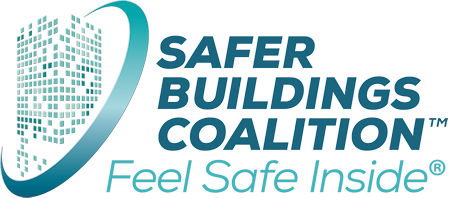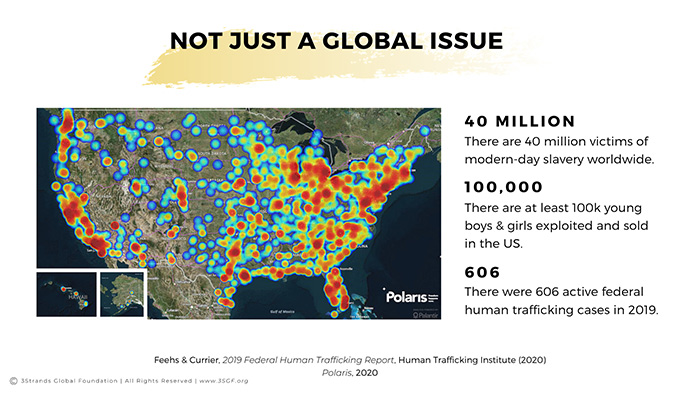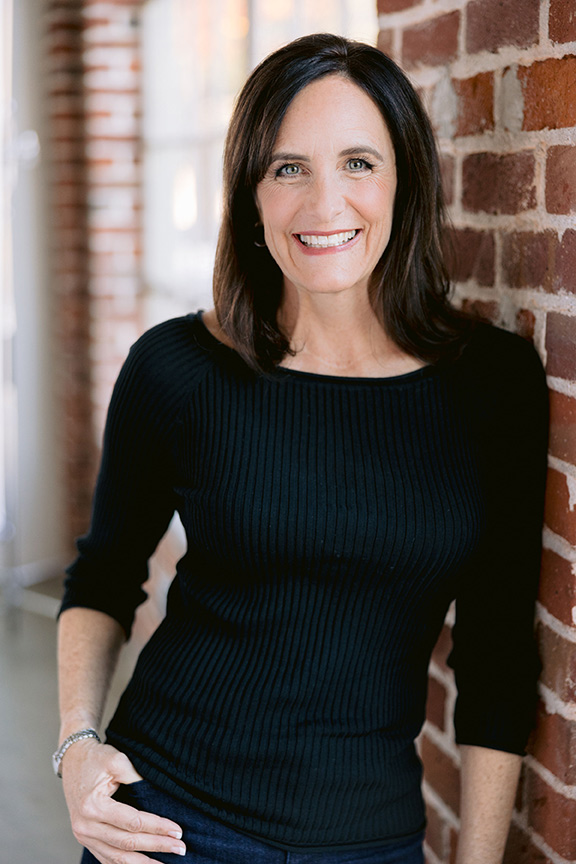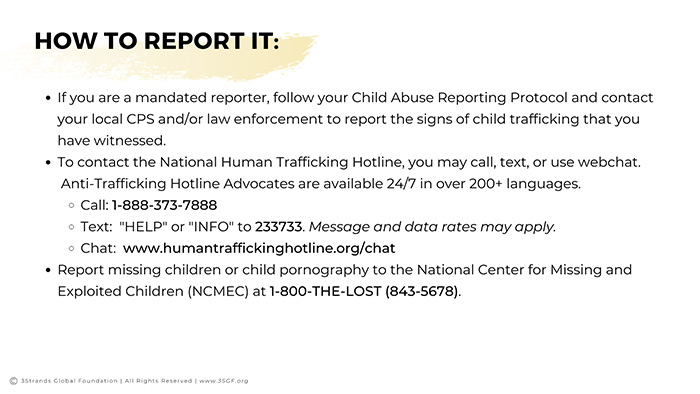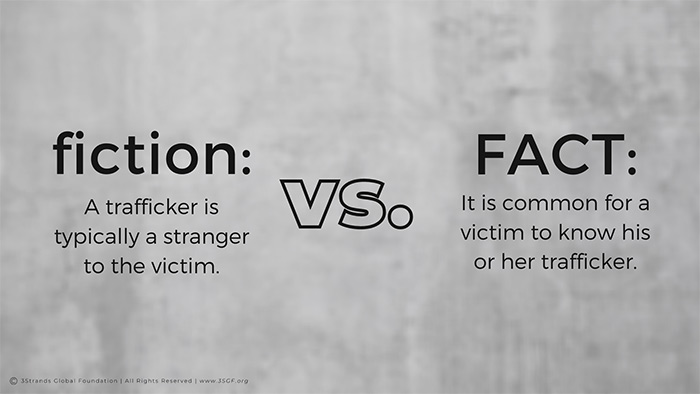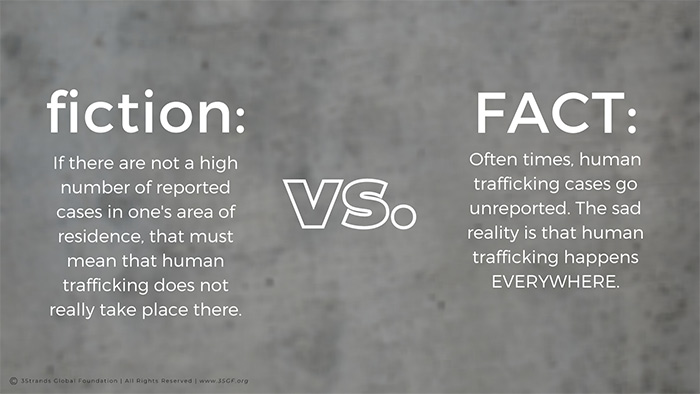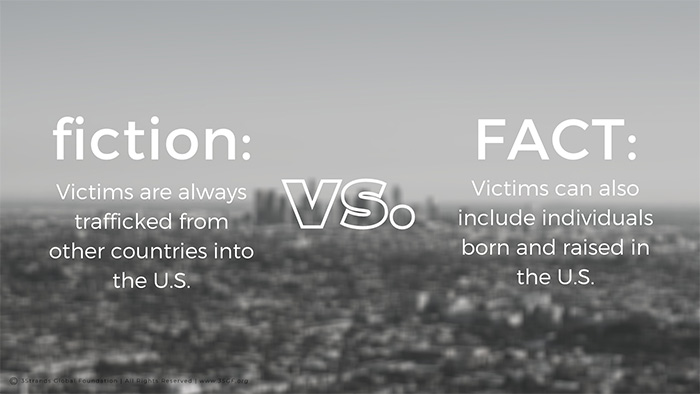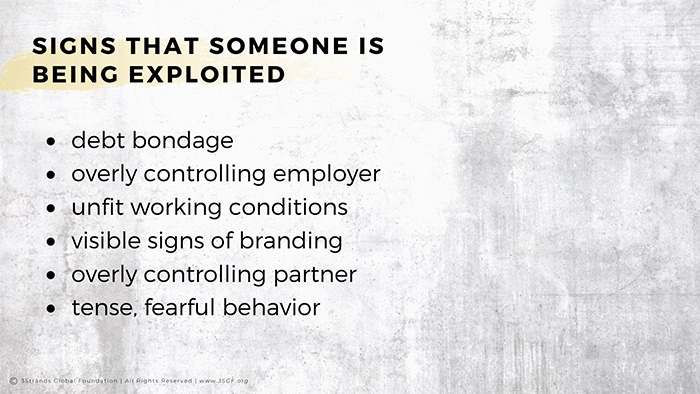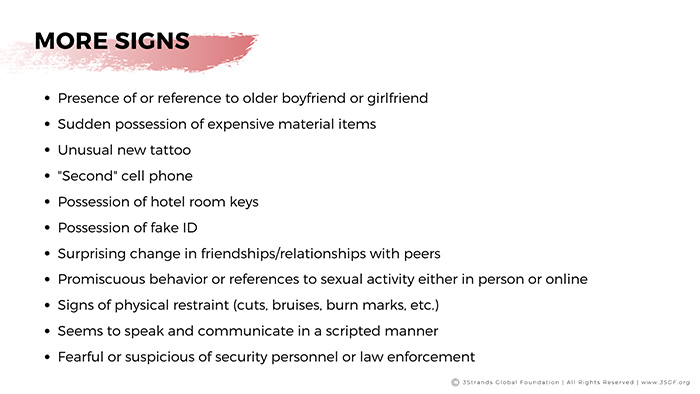Safer Buildings Coalition Supports 3Strands Global Foundation's Fight Against Human Trafficking
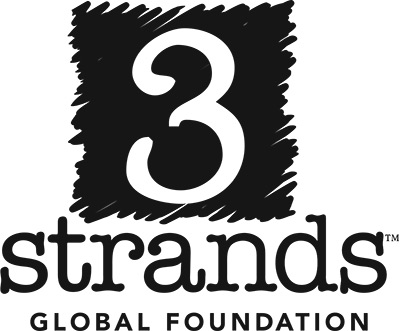
Posted on December 21, 2020 It is an underreported and often misunderstood crime, but human trafficking is a very real problem with victims across the world. In the US alone, the federal government filed 145 new human trafficking cases in 2019, adding up to 606 active federal human trafficking cases, including both sex and forced labor trafficking. More than half of the human trafficking victims in 2019 were children. 3Strands Global Foundation (3SGF), which we profiled in last month’s Safer Buildings Coalition newsletter, is on the forefront of the battle against these horrific crimes.
The human trafficking menace is widespread and difficult to combat – In 2019, 59.6% of the 94 federal districts charged at least one defendant with human trafficking under the Trafficking Victims Protection Act. Working with local authorities and organizations across the nation, 3SGF seeks to raise awareness and inform the public about the evil of human trafficking.
Source: 2019 Federal Human Trafficking Report - The Human Trafficking Institute
3SGF works closely with Safer Buildings Coalition – through Community Affairs work group chair Laurie Caruso, CEO of Safe-Fi Technologies. 3SGF and SBC have the common goal of ensuring that the public can Feel Safe Inside buildings and be protected from all forms of danger. This work focuses on raising awareness and teaching First Responders and the public to recognize signs of human trafficking, even subtle ones, and understand what to do – and what not to do – if one suspects something. Safer Buildings Coalition was first introduced to 3SGF through a collaborative project implemented to raise awareness and educate telecommunications professionals on the signs of human trafficking and ways to help prevent this despicable crime from occurring.
3Strands Global Foundation has pioneered prevention efforts in a number of places, notably sponsoring and helping write California’s AB 1227 (Bonta) -The Human Trafficking Prevention Education and Training Act, which was signed into law and requires prevention education to be taught in California schools, making California a leader in the fight against human trafficking.
3SGF is working with the Florida Fire Marshals and Inspectors Association (FFMIA) to train firefighters in the state to detect signs of human trafficking and understand what to do if they encounter victims of the crime. In November, 3SGF Co-Founder and CEO Ashlie Bryant ran two trainings sessions in Florida. One at the FFMIA Annual Conference, the other at the Fire and Life Safety Educators Section Annual Conference. “First Responders are a critical link to combating trafficking. They are on the front lines and understand trauma, so when they encounter a potential victim, they know what to do,” Bryant explains.
The response was very positive, and FFMIA Executive Director Jon Pasqualone in February presented a draft proposal for “Human Trafficking Awareness [training] for the Florida Fire Service” to the Florida Attorney General.
“Local law enforcement agencies provide awareness training for their personnel to identify signs of human trafficking, but there is no consistency in the outreach across agency lines in many cases. This proposal is to provide awareness training that is endorsed, requested, or directed from the highest levels of State Government leadership,” the draft states.
Mr. Pasqualone notes that the Attorney General was and remains supportive of the initiative. “We have also gained the attention of Chief Financial Officer and State Fire Marshal Jimmy Patronis' legislative staff. We have a State Representative who has committed to filing legislation for the 2021 session, but we are not quite certain what that will look like yet,” Pasqualone explains.
“Jon Pasqualone shared that his experience with 3Strands Global Foundation’s training inspired conversations with the Florida Attorney General about a statewide rollout for the association. Because of our experience with training and legislation like AB 1227 in California, we understand how to help implement statewide efforts, raise awareness and prevent trafficking before it starts.” Bryant adds.
3SGF hopes that this kind of legislation and training will be implemented across the country. This is where the Safer Buildings Coalition-3Strands Global Foundation partnership comes in. Safer Buildings Coalition, through Laurie Caruso’s efforts, helps raise awareness among its membership about the problem of human trafficking and how First Responders can help.
“By working with Safer Buildings Coalition, we can ensure that all members understand the reality of human trafficking and know the signs so they know what to look for and what to do if they encounter it. That allows us to widen our reach and scale and have eyes and ears in places that as an agency by ourselves we can't do. If we're going to prevent trafficking, we need organizations like Safer Buildings to help make it happen,” Bryant says. She sees SBC as a hub or facilitator for making human trafficking training broadly available. “As we spread the word about initiatives like the one in Florida, members and other interested parties across the country can come to SBC and say: ‘We’d like to implement something like this, too,’ and SBC says: ‘That’s great. Let’s work together with 3Strands Global Foundation to make it happen,’” she adds.
“Fundamentally, this is about the key principles and objectives of what both SBC and 3SGF aim to do: Keep the public safe and do well while doing good. Both organizations focus on public safety. I would say that Safer Buildings’ ‘Feel Safe Inside’ moniker covers safety from human trafficking as well. If we can help create awareness and support 3Strands Global Foundation with their mission that is a win. We need to all work together to fight this unimaginable crime,” Laurie Caruso notes.
Understanding human trafficking
Source: 2019 Federal Human Trafficking Report - The Human Trafficking Institute
So how can First Responders help fight human trafficking? “Although we often advise people not to get involved because they are not trained to deal with crisis situations, First Responders are different. With the right training, firefighters, EMTs and law enforcement can recognize the signs of trafficking, including key indicators in a victim’s behavior, and know what to do and say – and not say. This include making sure a trained victim advocate is present to ensure that the victim is not put further at risk,” Ashlie Bryant says.
“One of our goals,” she adds, “is to help implement a protocol so that everyone in this industry understands what to look for, and what to do when they see it.”
|
